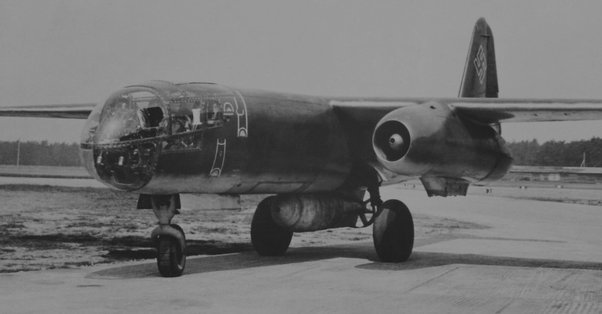The Senate did not trust the Japanese. The Japanese 8x8 building
program at the end of WW1 was meant for domination not defense.
The only countries that Japan had less warships than, were the
US and UK. They were Japans Allies in WW1. So what did Japan
have to fear from those countries? That they would intervene if
Japan made the land grab that it would require to become a true
Superpower. (see my
Introduction to Japan)
The Senate authorised the construction of three 45,000 ton
battleships in 1935. That is what they told the world. The
actual design would be an improved Commodore Baer type with
12x16" and better armour - 50,000 tons.
They would be the biggest battleships built by Antarctica so
far.
These were big ships. Compared to the other '45,000' ton ships
being built at around the same time, the extra 5,000 tons the
Antarcticans had worked into their ships had put them into
another class. The
Vanguard/Lion types, (my 12x15" version for Vanguard and
9x16" for Lion) had similar armour but were slower with lesser
firepower. The
Iowa class were faster, but had weaker armour and armament.
Versus the
Yamato it was the 8x18" against the 12x16", the Yamato had
heavier armour and a few thousand tons bigger.
The more electronics were advanced, the further behind the Axis
powers fell. Their ships that were equivalent or better in
firepower became even and behind as the electronics made the
Allied battleships guns more accurate. The more hits you
achieved on your enemy the less chance they had of hitting you
back. But. As with all battles, one lucky hit can alter the
battle entirely. Bismarck -v- Hood. Fifth salvo - boom, gone.
One lucky torpedo hit on Bismarck - two battleships -v- one,
Bismarck reduced to a wreck.
For the Franklin class the war was boredom offset by a few days
of terror. The Germanic States long range Arado jet bombers,
with Fritz-X guided bombs, were a nasty surprise. Several Allied
warships from Battleships on down were lost to these weapons.
The Mackenzie took a hit and spent six months repairing the
damage. There were two ways to stop the Fritz-X bombs. 1.
Somehow interfere with the communications between plane and
bomb. 2. Shoot down the plane. Which was easy enough when the
aircraft was the Dornier Do217, much harder once Fritz-X was
fitted to the
Arado Ar234.
| Displacement | 51,500 tons standard, 58,000 tons full load | |
| Length | 848 ft | |
| Breadth | 114 ft | |
| Draught | 31 ft | |
| Machinery | 4 shaft, steam turbines, 180,000shp | |
| Speed | 30 knots | |
| Range | 12000 miles at 12 knots | |
| Armour | 14" side, 7" deck, 14" turrets | |
| Armament | As completed 12 x 16" (4x3) 20 x 5" (10x2) 88 x 2pd (11x8) 22 x 20mm (22x1) |
1941 12 x 16" (4x3) 20 x 5" (10x2) 92 x 40mm (23x4) |
| Aircraft | 4 | nil |
| Complement | 2150-2190 as Flagship | |
| Notes | Captain Franklin Captain Mackenzie Captain Philips |
|
Scourge of Allied Shipping in 1944.
